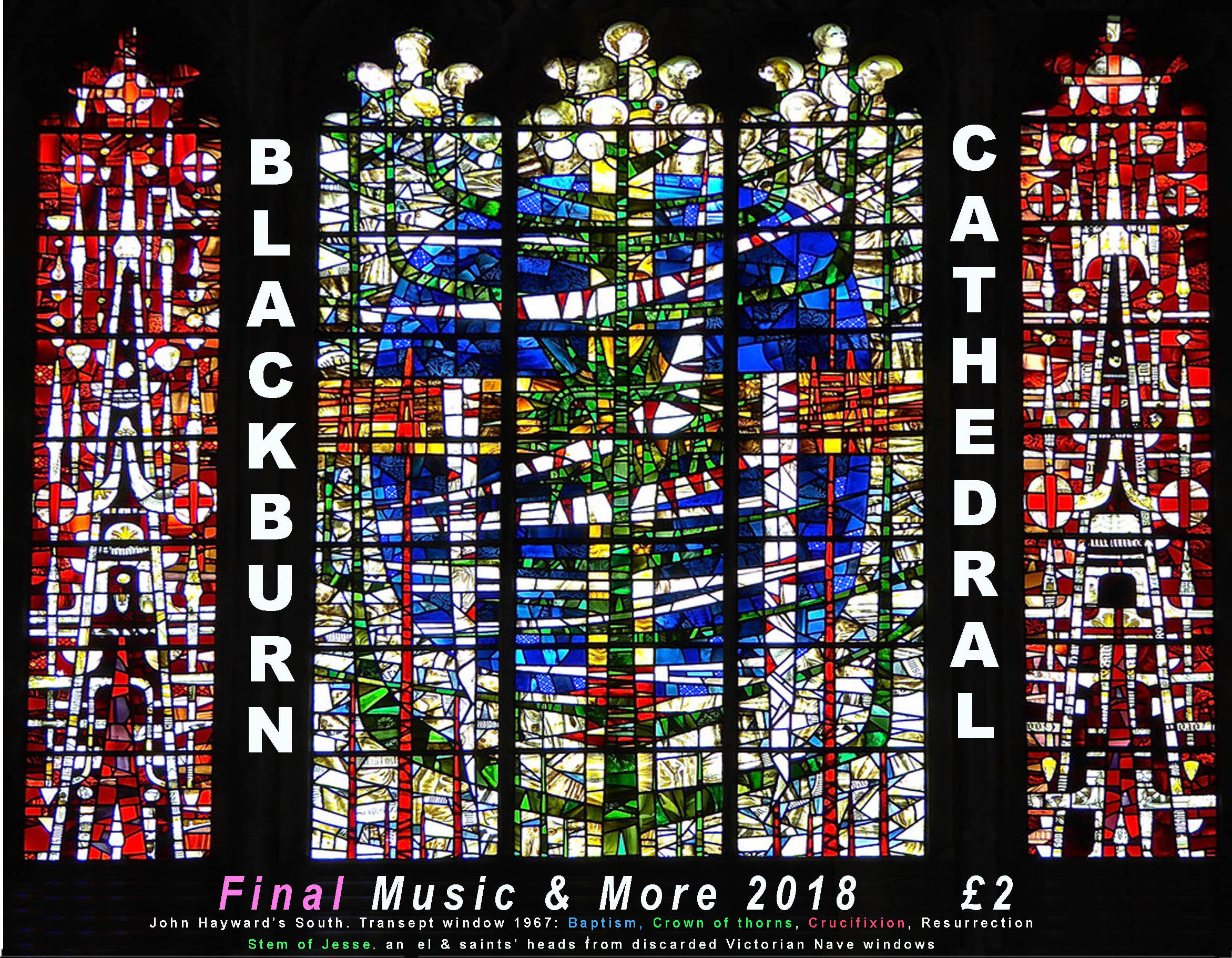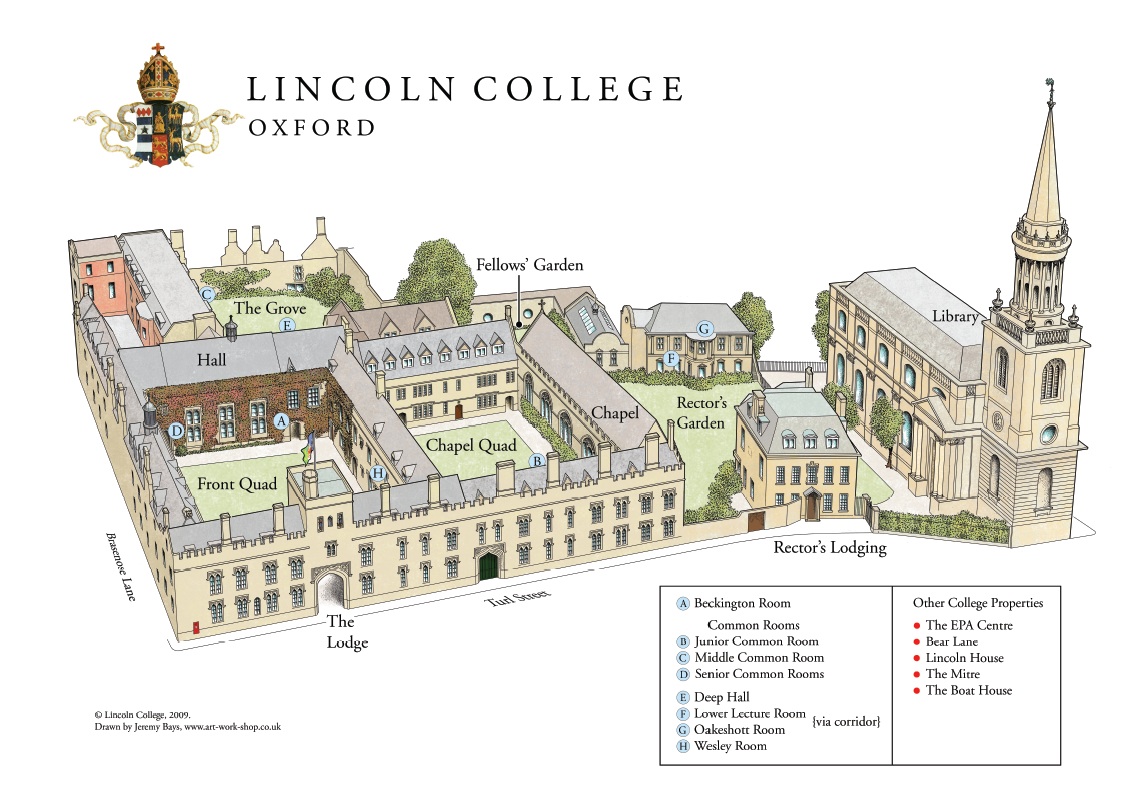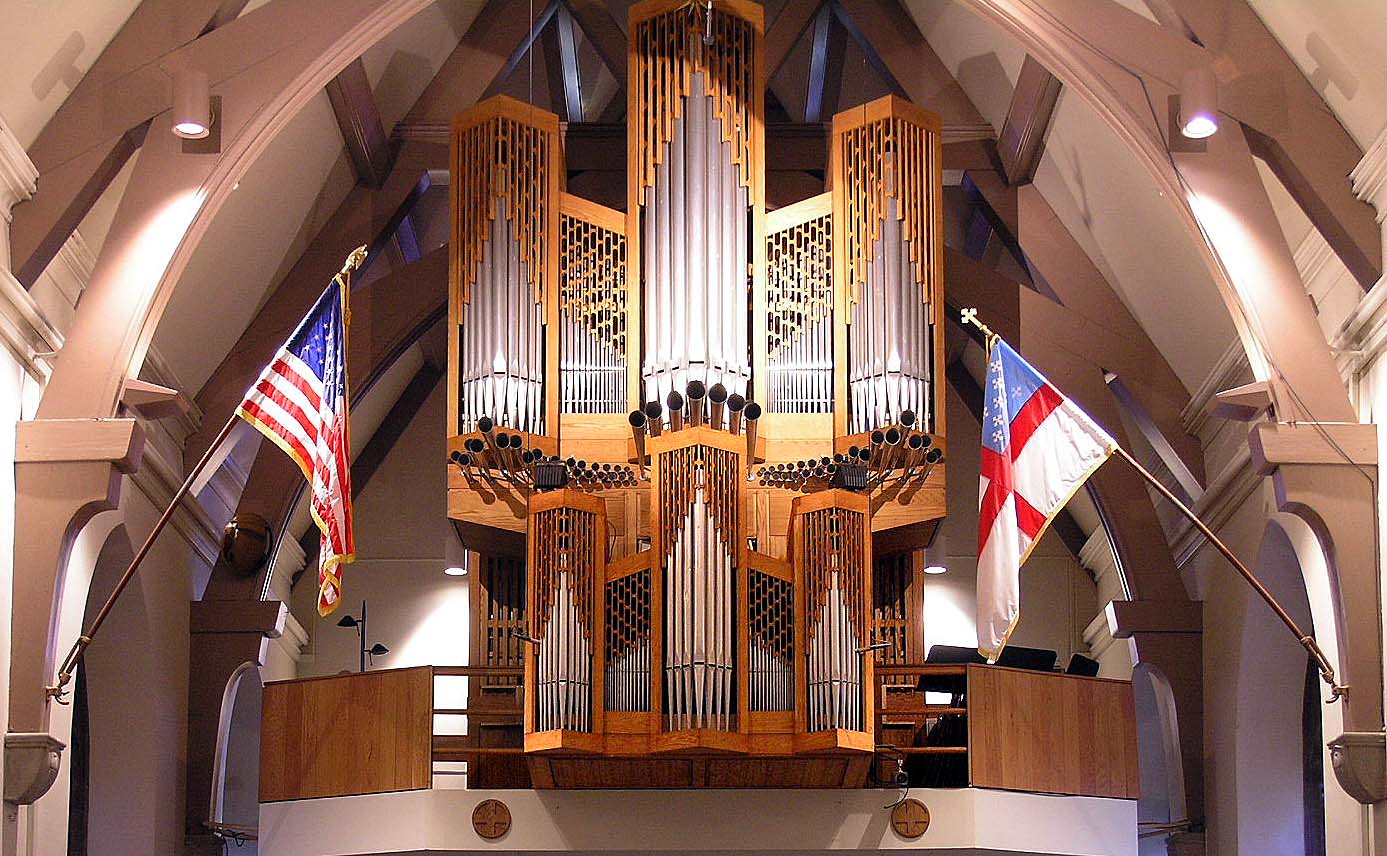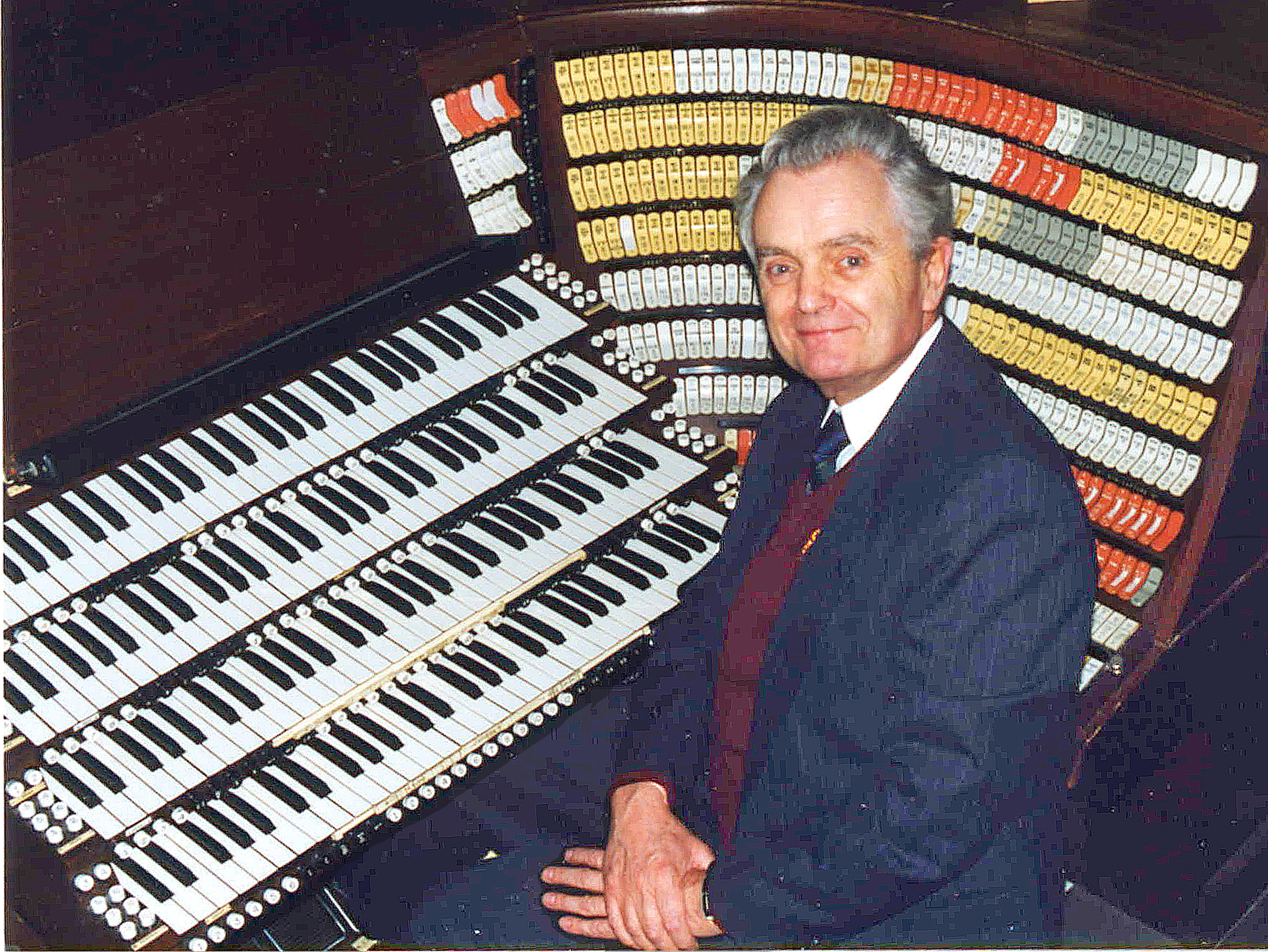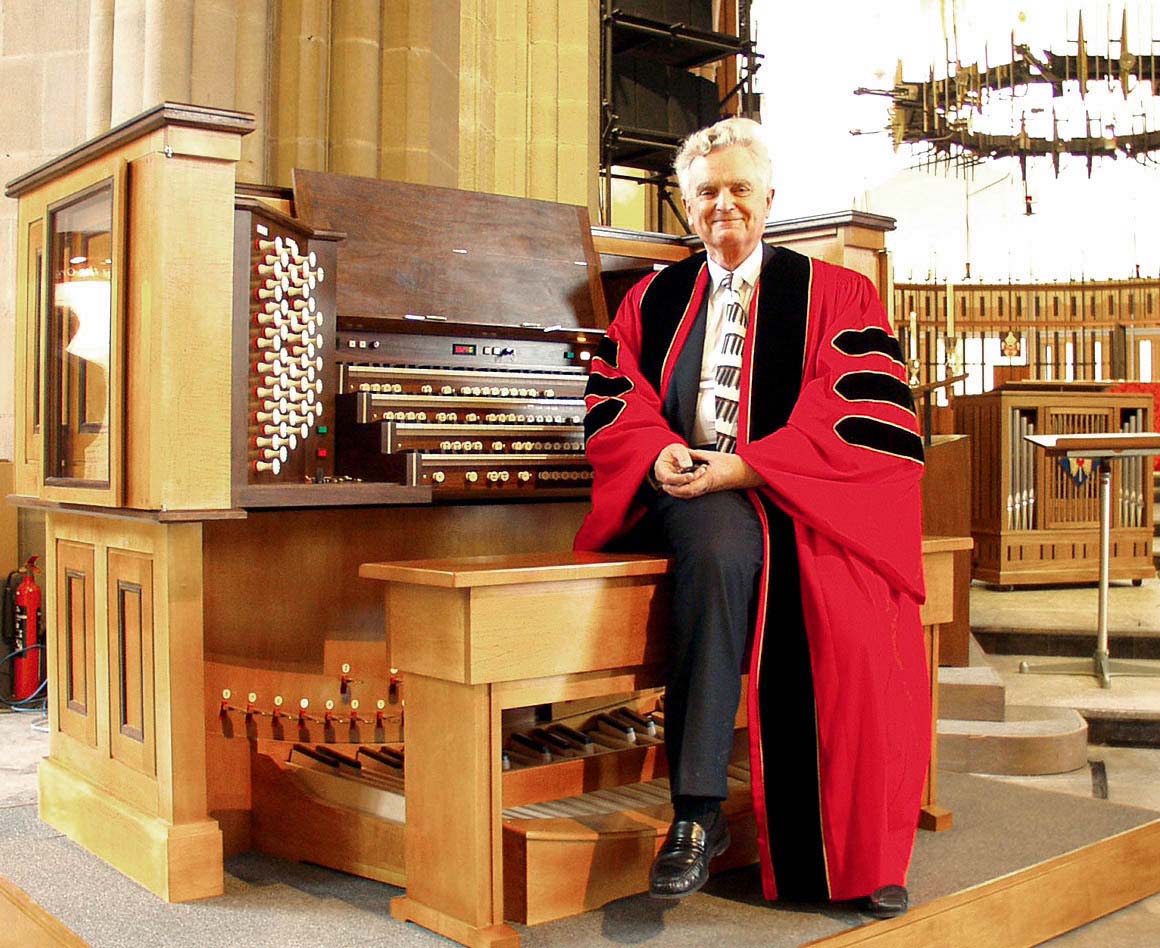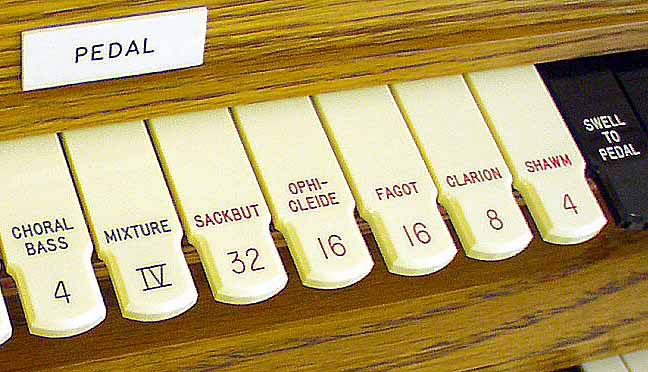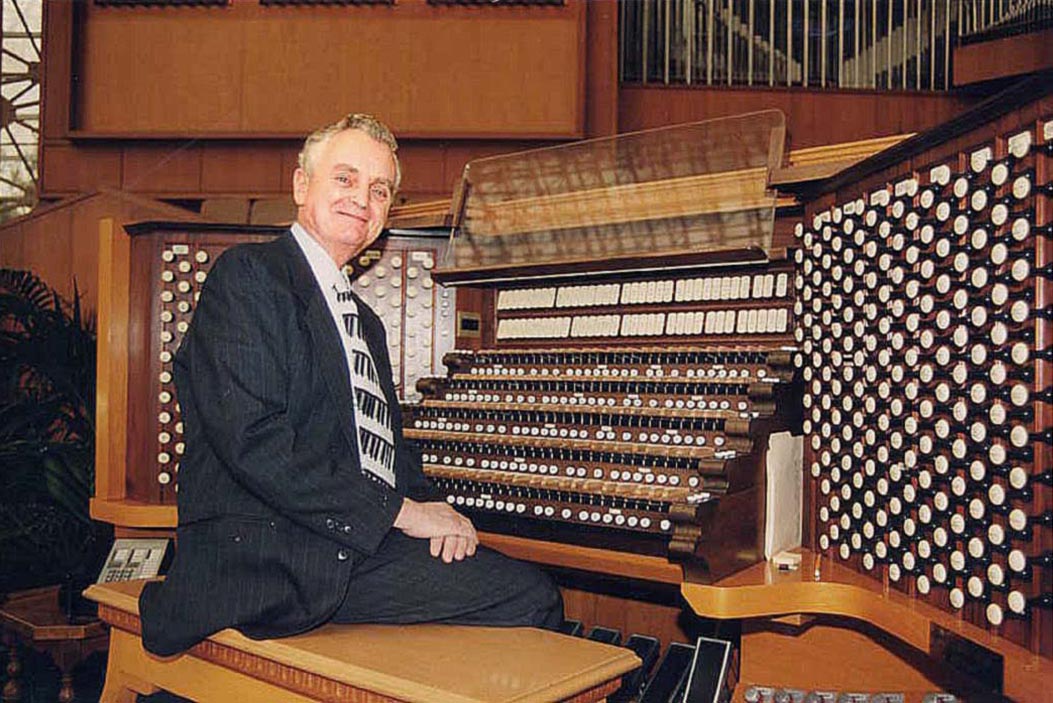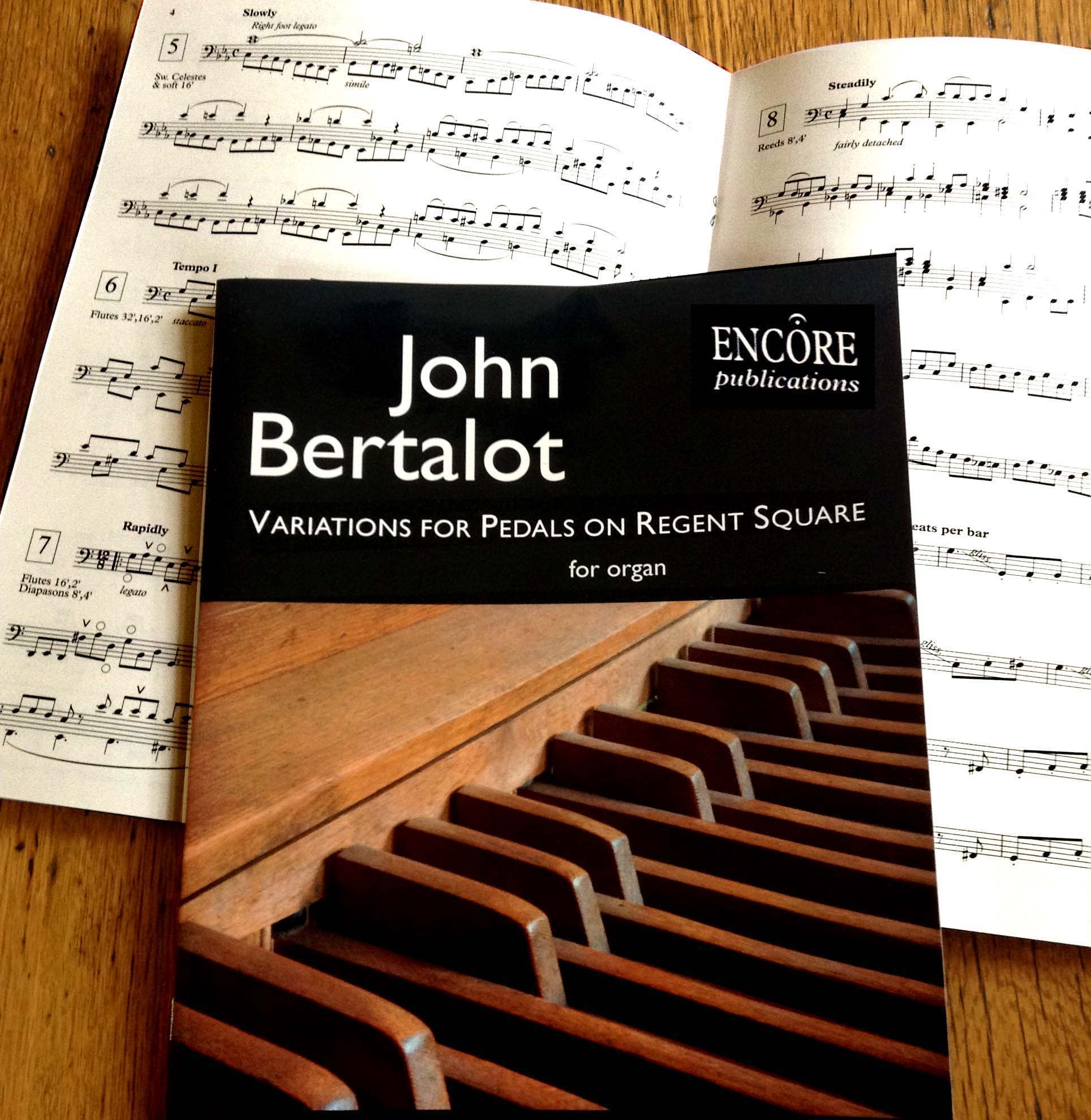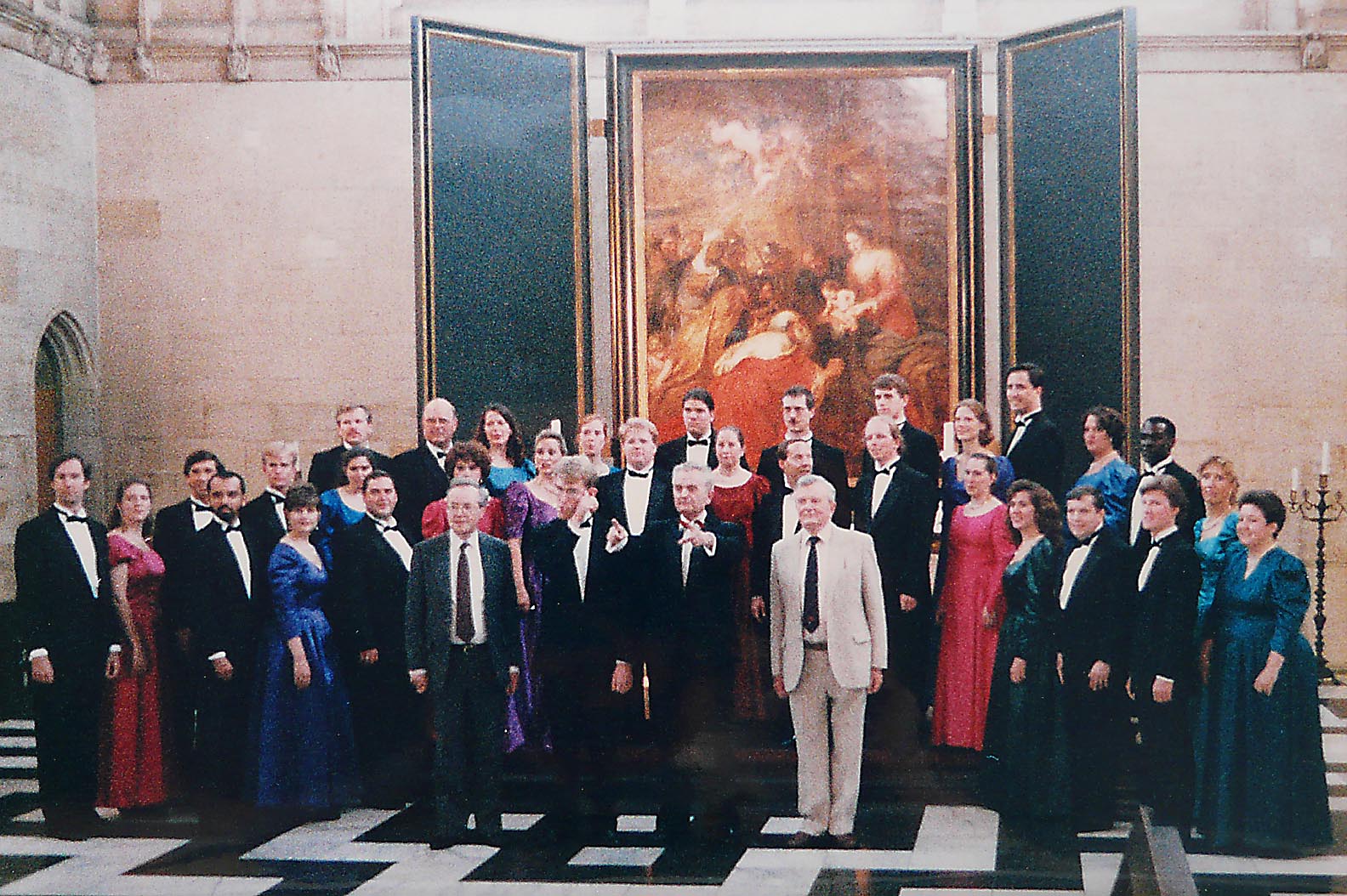How to transform your choir
and fill your stalls
with enthusiastic singers
21 ANTHEMS ALIVE!

by Dr John Bertalot
Organist Emeritus, St. Matthew's Church, Northampton
Cathedral Organist Emeritus, Blackburn Cathedral
Director of Music Emeritus, Trinity Episcopal Church, Princeton, NJ, USA
When I visited an historic parish church in Sussex for Evensong , the adult choir gave a most commendable performance of Tye’s O come, ye servants of the Lord. They were a small choir – four sopranos, three altos, two basses and a lone tenor. The notes were right, they sang together, they all tried hard and they sang in tune. And yet what did they lack? Why didn't the joyful message of the words come through? Why didn’t I enjoy it more? I think I know. These practical hints could apply to your choir when they sing their anthems:
1 They sounded worried. ‘Shall we get through this without breaking down?’
An easy way in rehearsal to boost their confidence would be to ask them to sing the very first word several times and to feel, successively (a) that it is easy, and (b) that they are actually enjoying singing that chord. Let them realize that they have complete control over that first note, and that the chord and they are friends!
By the way, when your choir takes a breath, make sure that their mouths are in the shape of the first vowel of the first word. So, in this case, their mouths should be in an ‘O’ shape when taking their breath. This will help not only their attack but also their tone.
And so, when rehearsing this anthem, after having sung the first chord (with their eyebrows raised to get rid of frowns), they should sing the first two words several times, O come!
There are many ways in which these two words can be sung; it all depends on what follows:
O come … and pay your taxes. (That can never sound cheerful!)
O come… and lie down, for you look tired! (No!)
O come … and PRAISE THE LORD! (Yes!) Get them to demonstrate to themselves that those first two words can be sung in different ways: ‘Sing them sadly. Now sing them feeling worried. Now sing them really joyfully. Which sounds right?’ Then ask them to sing the first few phrases with that joyful frame of mind. They will be astonished at the improvement in the sounds they produce.
There’s one more important factor which will encourage the choir to sing confidently: their conductor mustn’t look worried! Practise looking at yourself in a mirror. You’d be surprised how your ‘trying hard’ expression quickly shows a sense of strain. This will communicate itself to your choir. So stand there with an expression which proclaims, ‘I know you can do it, and it will sound GREAT!’
2 Listen to what your choir are actually singing. Does is make sense?
(Tye wrote the music but someone else added the words later.) When the Latin words are sung, Laudate Nomen Domini, they fit the music better than the English words, for the first climax comes on ‘Domini’ (‘Lord’), whereas in English the climax comes on the unimportant word ‘of’. That doesn’t make sense.

Therefore ask your choir which are the climactic words in that first phrase, and then to declaim them. Clearly they should be spoken (and therefore sung) like this:
O COME, ye SER-vants of the LORD, and PRAISE his holy Name.
After having proclaimed the words (and the choirmaster may need to ask the singers to speak up – choirs tend to mumble when asked to read words) they should then sing that first phrase in a joyfully inviting way. With my own village church choir I sometimes ask the ladies to sing a short passage on their own, and ask the men what they thought of their efforts. Then it’s the men’s turn! This inspires them to try harder – which is what we all want our choirs to do. When your choir begins to evaluate their own singing, you’re on a roll!
3 Pace. By the way, early editions of this anthem are written in minims rather than crotchets. Some choirmasters give the impression that ‘historic’ music should be handled carefully, as though it were fragile porcelain. No!
Sing all music, of whatever period, in a vital, ‘meaningful’ way; for every piece of music was modern in its own time. Therefore, this anthem should be sung at a fairly brisk pace, whatever the notation.
Another helpful hint is to conduct this anthem (and other 4 beats-in-a-bar music) in 2 beats per bar. This will help it flow more smoothly, without being faster.
4 Why sing the repeat softly? Because the copy tells you to! But what message does the soft singing give?
When some choirs sing the repeat softly they either sound repressed or mournful – or both. This clearly doesn’t press home the message of joyful invitation. So try asking your choir to whisper those words very intensely. If they do this effectively, their whispers will be heard at the far end of the church, for they will stress consonants as well as vowels. OHH KHUMM, YE SSSERVANTTSS…
Then ask them to sing it with equal intensity very, very softly – they will be amazed how thrilling that soft repeat can sound.
5 Breathing. A secret (not often practised by some choirs) is to sing twice the number of notes in one breath that they naturally want to.
Watch you choir sing a verse of a hymn and you’ll discover that they nearly always breathe in the middle of line – which destroys the meaning of the text as well as the beauty of the music. When other helpers (breath) fail and comforts flee. This tendency needs to be checked many times in each rehearsal. (‘Where did you breathe? Where shouldn’t you breathe?’ – Same answer! – ‘Where should you breathe? Let’s do it!)
Therefore many singers will take a breath after Lord in the first phrase, not least because there’s a comma there.
O come, ye servants of the Lord, (breath) and praise his holy Name.
It would sound much better if this first phrase were sung in one breath. When this happens the singers will (or should) crescendo towards the word praise, for that is the real climax of that phrase.
O come ye servants of the Lord and PRAISE his holy Name.
![]()
That’s taken care of the first phrase! The rest of the anthem should be rehearsed in a similar manner; but once your choir has got the idea of singing the words with meaning, the time spent on each phrase will get less and less. In other words, you are teaching you choir valuable lessons in how to sing their anthem so as to communicate its message to the congregation. That’s what they’re there for.
Try it!
© John Bertalot, Blackburn 2013


